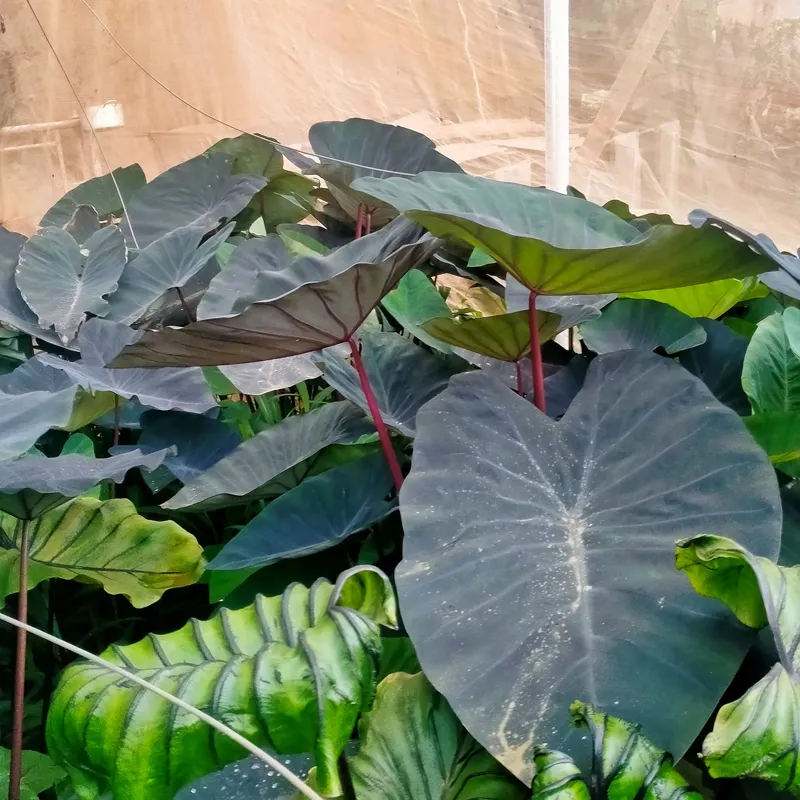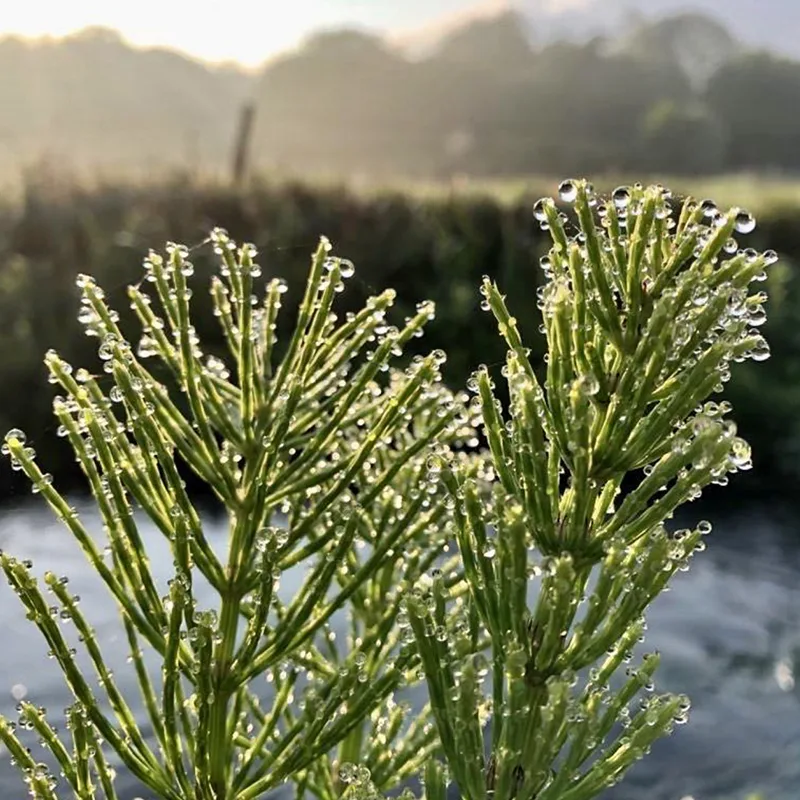Exploring the Dipteridaceae Family: A Fascinating Fern Group
When diving into the vast world of ferns, one family that has always intrigued me is Dipteridaceae. With their striking and unique leaf patterns, ferns in this family stand out in a landscape of more common species. What I find particularly fascinating is how this family consists of just two genera: Cheiropleuria and Dipteris. Despite the limited diversity, they offer so much in terms of history, biology, and visual appeal.
The Ancient Origins of Dipteridaceae
The Dipteridaceae family takes us back millions of years. Often referred to as “living fossils,” these ferns have retained many features of their ancient ancestors. They belong to the order Gleicheniales, one of the oldest groups of ferns, dating back to the Mesozoic era, which is often called the age of dinosaurs. What captivates me the most about this family is that when you look at these ferns, you are seeing plants that existed long before most modern species. It’s like holding a little piece of Earth’s deep past in your hands.
These ferns have adapted well to their environments, surviving both natural disasters and geological changes. This resilience makes them unique survivors in the plant kingdom.
Cheiropleuria: A Hidden Gem of Dipteridaceae
The genus Cheiropleuria may not be as well-known as some of the other ferns, but its beauty lies in its subtlety. It consists of only a single species, Cheiropleuria bicuspis, which can be found in tropical regions of Southeast Asia. What stands out to me about Cheiropleuria is its dimorphic fronds, which means it has two types of leaves: sterile and fertile. The sterile leaves are broad and fan-like, while the fertile leaves are much narrower, almost like fingers. This unique characteristic is not only aesthetically appealing but also serves an essential function in the plant’s reproduction.
One of the reasons I love Cheiropleuria is how it’s often overlooked by many fern enthusiasts. In the right environment, it can thrive beautifully, adding an exotic feel to any fern collection. Its natural habitat in the humid forests and slopes makes it well-suited for tropical gardens or greenhouses where humidity is high.
Dipteris: A Leaf Shape Like No Other
Moving on to the second genus, Dipteris, it is impossible to talk about the Dipteridaceae family without highlighting the striking leaf shape of Dipteris ferns. The most notable species, Dipteris conjugata, has a highly distinctive leaf structure that sets it apart from any other fern. The leaves are broadly lobed and have a split into two primary sections, giving them a butterfly-like appearance. I always find this feature mesmerizing, and it’s one of the reasons I’m drawn to growing these plants in my collection.
Dipteris is typically found in subtropical to tropical regions, particularly in Southeast Asia and the Pacific Islands. Their natural habitats include limestone-rich soils and forested mountain slopes, which provides insight into how to grow them in a garden or greenhouse setting. Replicating these conditions, such as ensuring good drainage and slightly alkaline soils, can help them thrive.
Ecological Significance and Conservation
One thing I’ve always been passionate about is plant conservation, and both Cheiropleuria and Dipteris are on my radar when it comes to preserving unique species. While these ferns are not currently endangered, their limited distribution and the ongoing destruction of natural habitats make them vulnerable. The Dipteridaceae family plays a vital role in their ecosystems, often contributing to soil stabilization and moisture retention in forested areas. Losing these plants would mean not only the loss of a unique piece of botanical history but also a decline in the health of the ecosystems they support.
I find it fulfilling to grow these ferns, knowing that each plant in my collection represents an effort to preserve biodiversity. If you’re someone who appreciates ancient plants and wants to contribute to conservation efforts, I highly recommend seeking out Dipteridaceae species from reputable growers.
Growing Dipteridaceae at Home
From a practical perspective, growing Cheiropleuria and Dipteris can be a bit challenging, but I’ve learned that with the right conditions, they can flourish. Both genera prefer humid environments, so placing them in a terrarium or greenhouse is ideal. I’ve also found that they respond well to indirect light, mimicking their natural habitat under the forest canopy. Maintaining consistent moisture is key, but be cautious not to overwater, as they don’t tolerate soggy soil.
Using a mix that combines orchid bark, sphagnum moss, and perlite works well for drainage, while still retaining enough moisture. For me, providing that extra humidity—around 60-80%—has made all the difference in ensuring healthy growth. Fertilizing these ferns sparingly with a diluted, balanced fertilizer once every month during their growing season has also helped me achieve success.
Conclusion: Why Dipteridaceae Matters to Me
As someone passionate about ferns, the Dipteridaceae family holds a special place in my heart. Its ancient origins, unique leaf shapes, and role in the ecosystem make it stand out among other ferns. Growing Cheiropleuria and Dipteris in my collection has deepened my appreciation for these fascinating plants and their connection to Earth’s distant past. Whether you’re a seasoned fern collector or just getting started, I recommend exploring the Dipteridaceae family—it’s a rewarding journey into botanical history.
If i die, water my plants!


